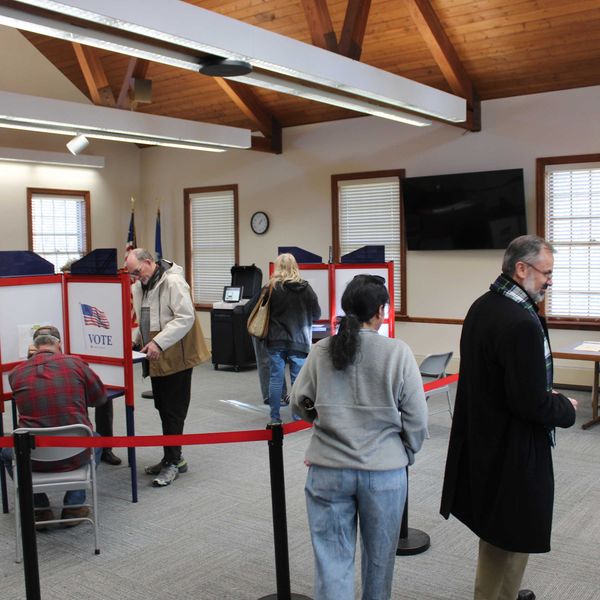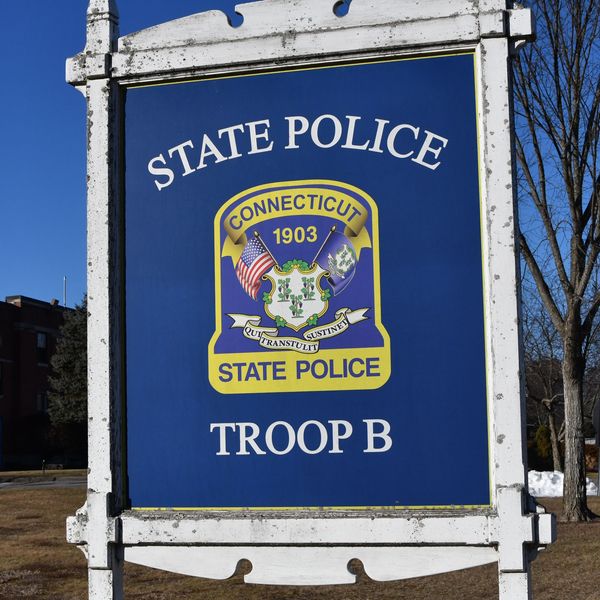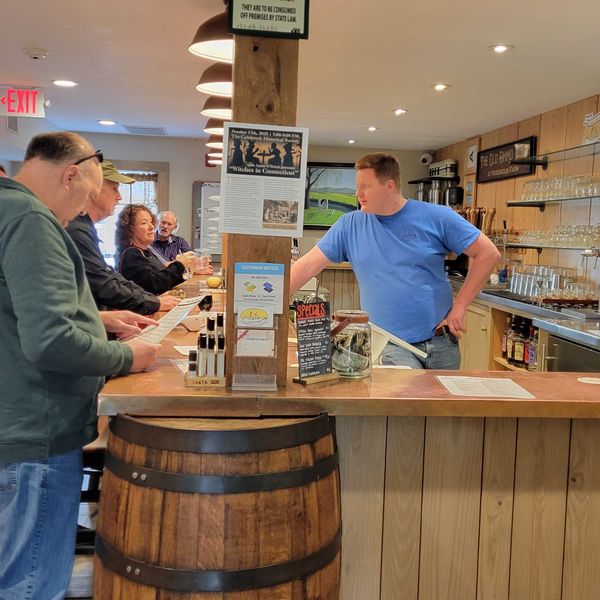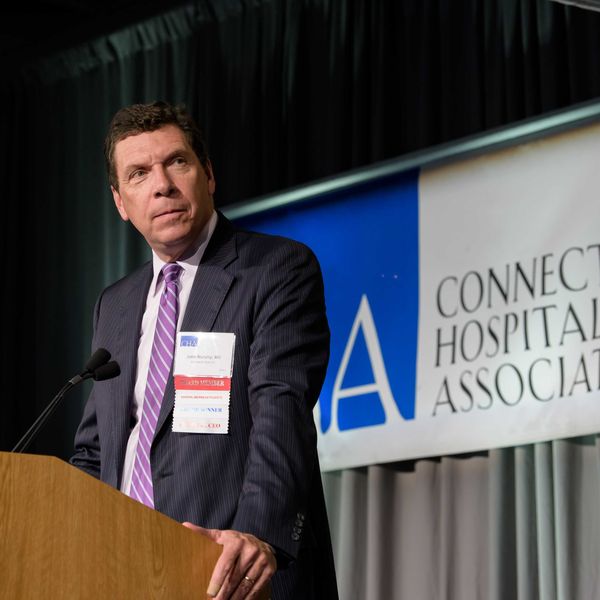Answering the call: A local look at EMS volunteerism
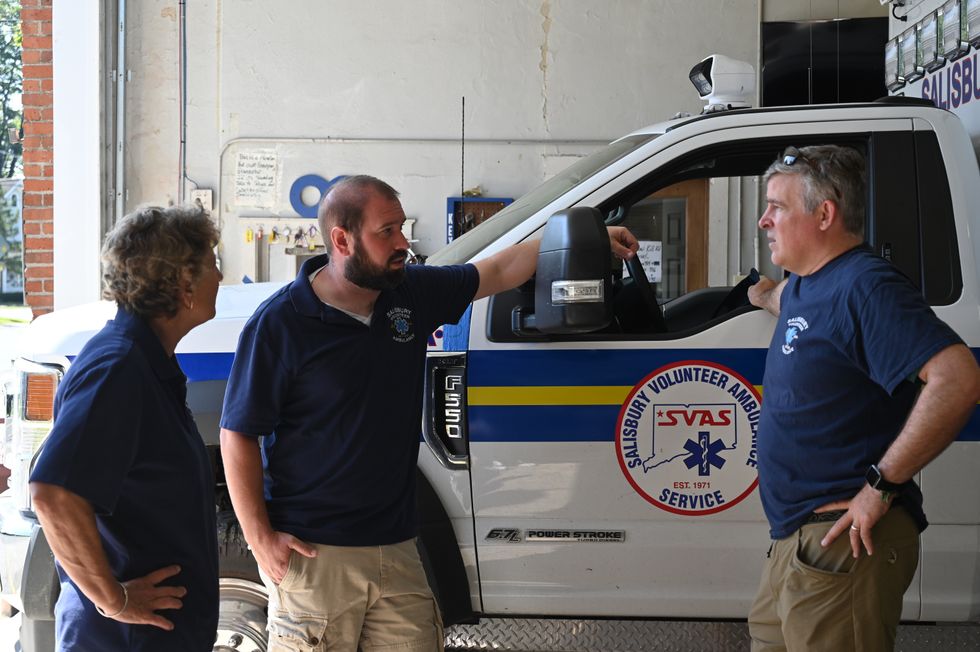
Squad Chief Jacquie Rice, Rescue Chief Josh Allyn, and Barrett Prinz, one of the newest members of the team, talk business at the SVAS headquarters on Under Mountain Road.
Photo by Maud Doyle
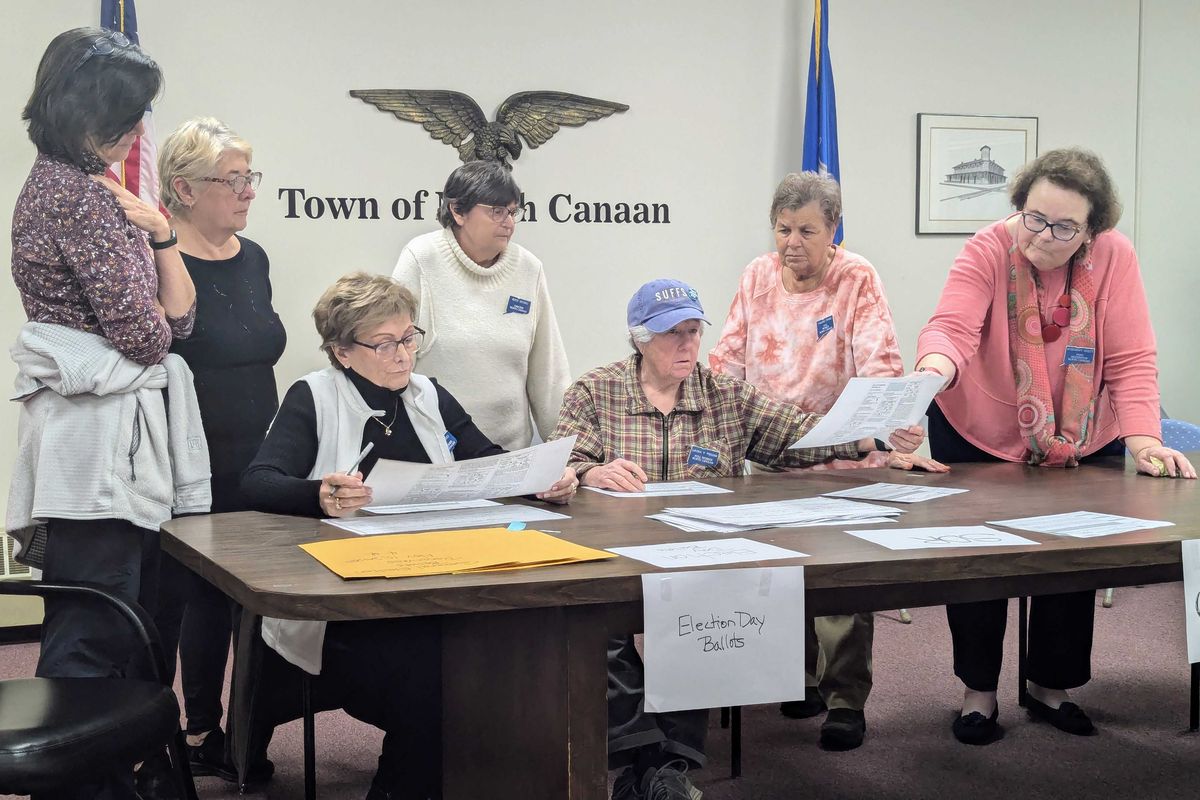
 Patricia Keilty, Democratic Registrar of Voters in North Canaan, collects the tabulator tape during the recount for the first selectman race between Jesse Bunce (D) and Brian Ohler (R).Riley Klein
Patricia Keilty, Democratic Registrar of Voters in North Canaan, collects the tabulator tape during the recount for the first selectman race between Jesse Bunce (D) and Brian Ohler (R).Riley Klein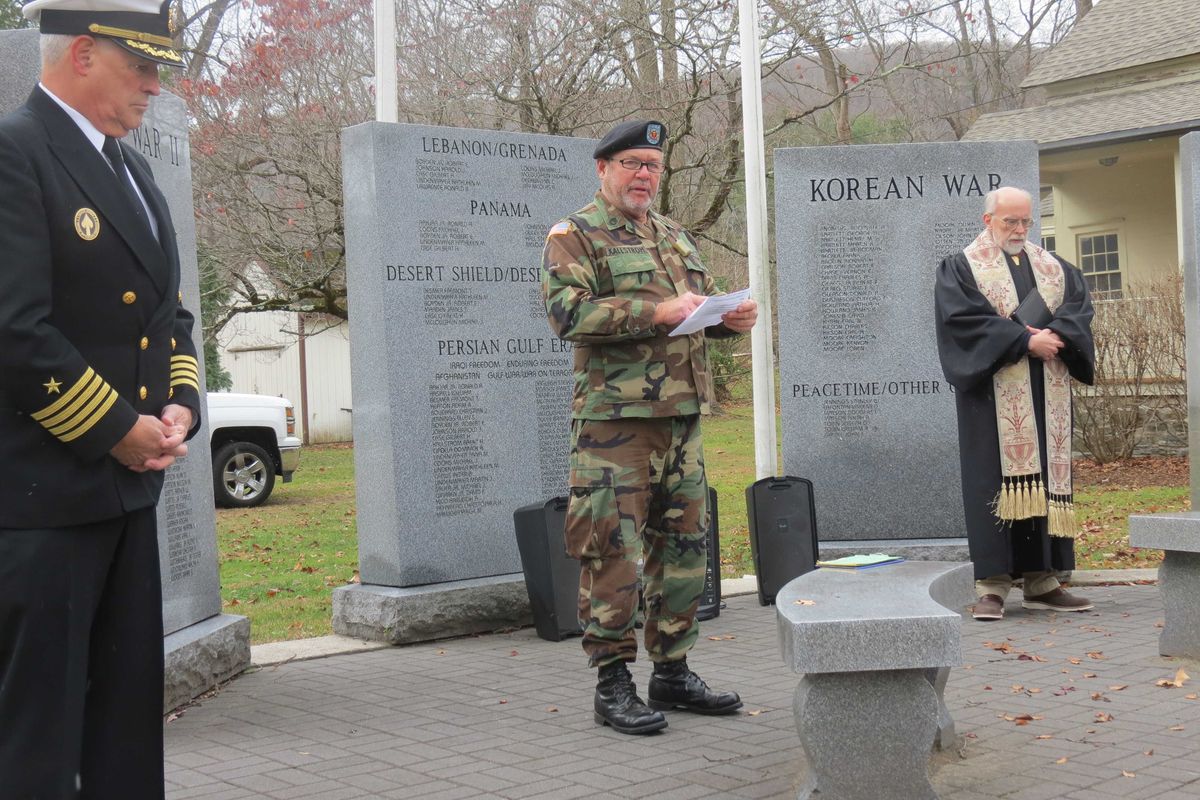
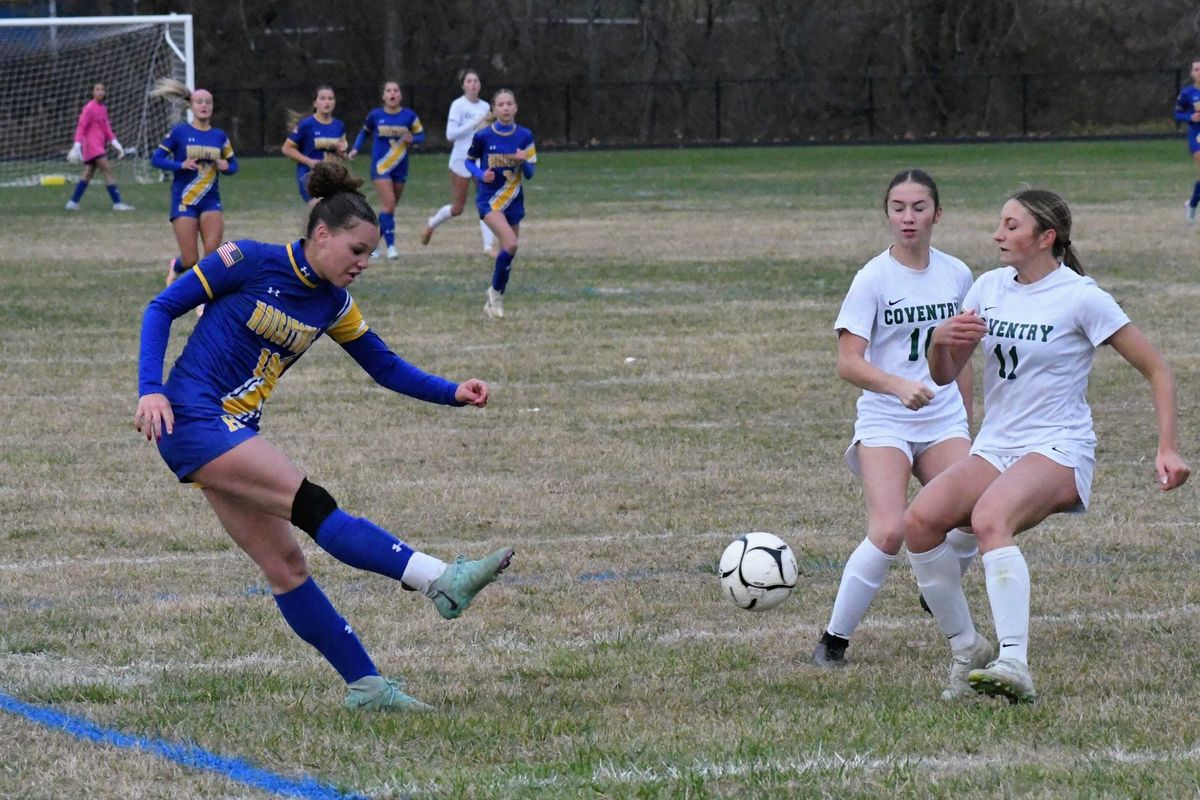
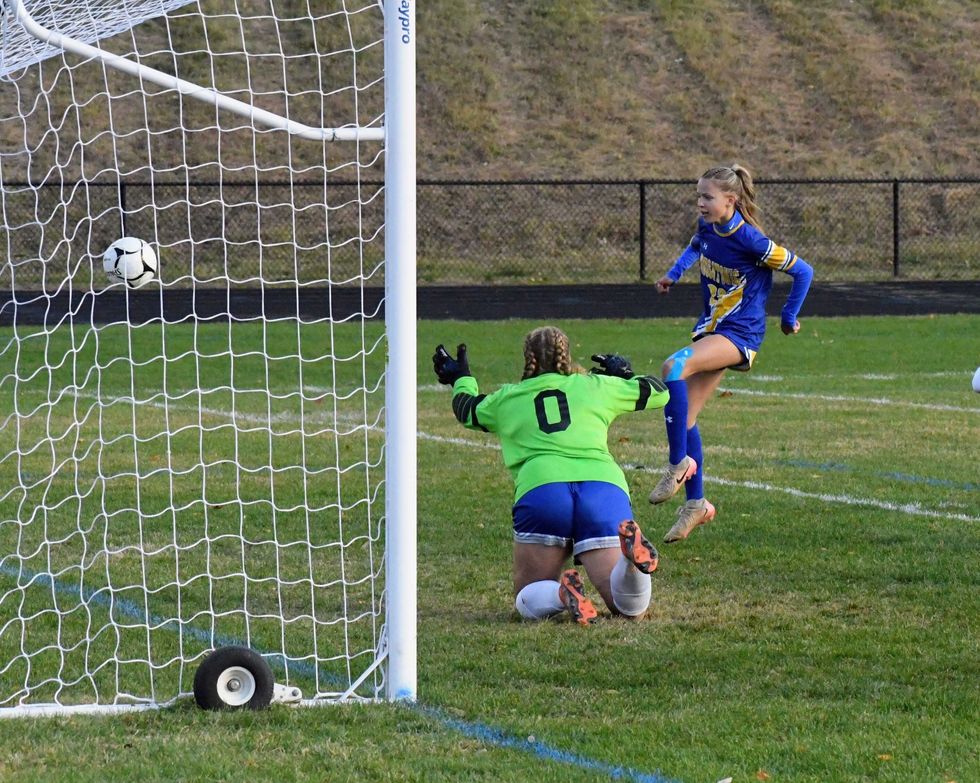 Lyla Diorio scores for HVRHS in the second-round game against Stafford High School Tuesday, Nov. 4.Photo by Riley Klein
Lyla Diorio scores for HVRHS in the second-round game against Stafford High School Tuesday, Nov. 4.Photo by Riley Klein Georgie Clayton, left, races Mazie Cox for the ball.Photo by Riley Klein
Georgie Clayton, left, races Mazie Cox for the ball.Photo by Riley Klein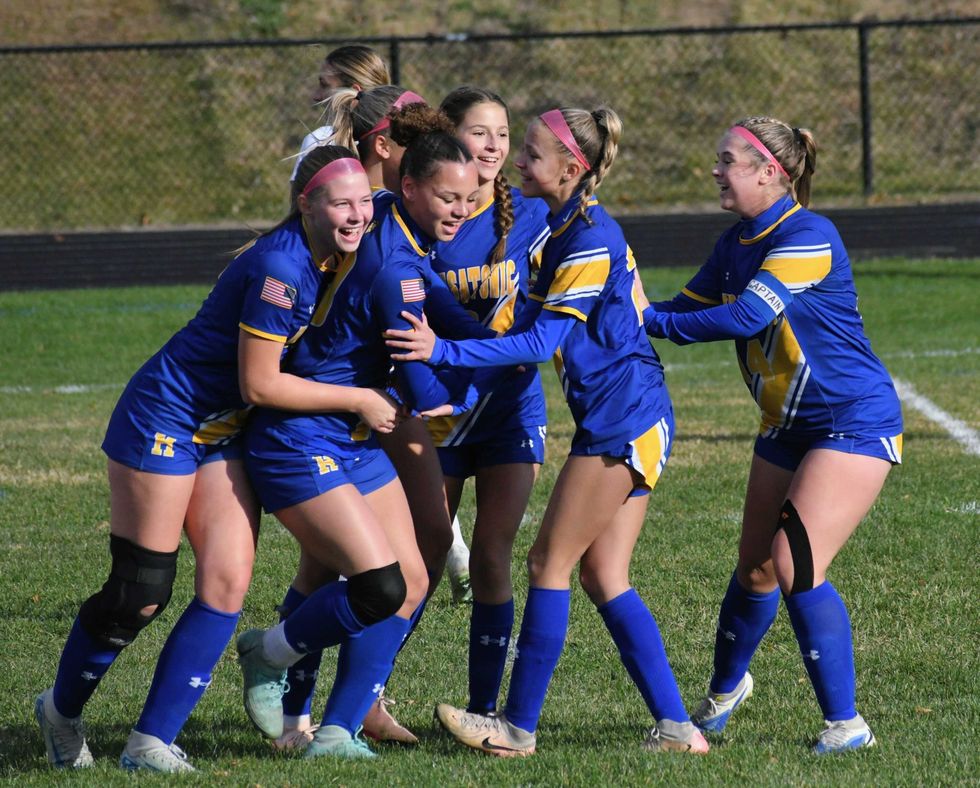 Housatonic celebrates a goal in the Class S tournament.Photo by Riley Klein
Housatonic celebrates a goal in the Class S tournament.Photo by Riley Klein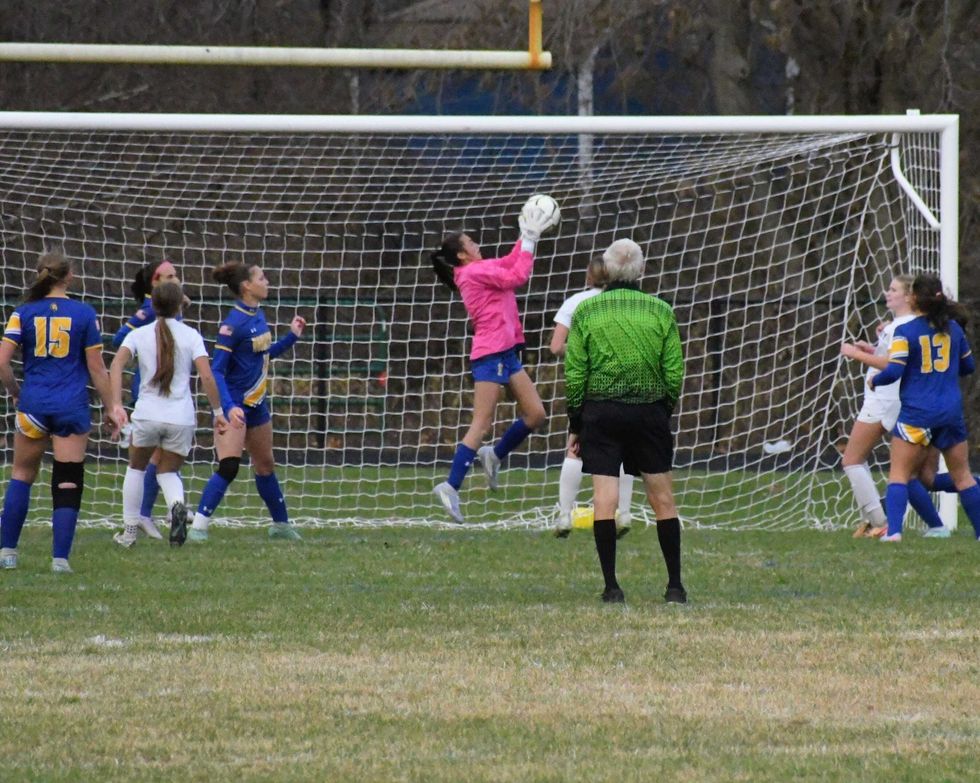 Goalie Vi Salazar makes a save late in the quarterfinal game Nov. 7.Photo by Riley Klein
Goalie Vi Salazar makes a save late in the quarterfinal game Nov. 7.Photo by Riley Klein
